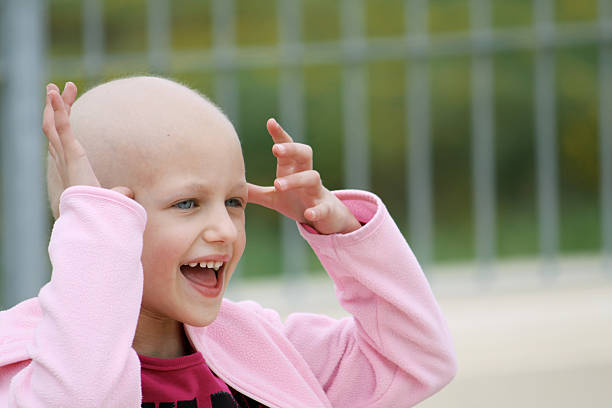It is undeniable that cancer is one of the diseases most feared by humanity, and it does not respect age groups or socioeconomic position. Unfortunately, children are among the most affected population, and going through this evil attracts various consequences.
However, we must mention that in recent times children who have received treatment suffer fewer consequences from the disease itself. It is mainly the treatments that leave the most sequelae, that is, health problems that develop once the process is over.
The risk of sequelae depends on various factors. Among them, we can list the type of cancer and its location in the body, the area of the body treated, the type of treatment and dose applied, the age at which the treatment is received, genetic and family history, and the general state of health, among others.
Some of the sequels have to do with emotional problems. Over time, it is possible to develop anxiety, depression, fears of cancer recurrence, and traumas that lead the survivor to avoid all types of medical attention, which can be hazardous to health in the medium and long term.
Another type of sequel is associated with the risk of developing secondary cancers that are generally different from the original one. Breast, thyroid, and skin cancer are the most recurrent within this type. The appearance of secondary cancers is mainly linked to radiotherapy and certain types of chemotherapy.
Reproductive and sexual development problems are also possible sequelae after specific cancer treatments. An example is infertility.
Other sequelae manifest as developmental, growth, and hormonal problems by affecting glands that are part of the endocrine system and control various bodily functions such as growth, metabolism, and puberty. Radiotherapies are usually more associated with this type of sequelae.
There are even more ways in which sequelae can manifest: memory and learning, cardiac, pulmonary/respiratory, oral, digestive/gastrointestinal, auditory, and visual/ocular problems.
Over the years and with scientific and technological advances, less aggressive treatments have been developed or with less potential to leave sequelae. However, talking with specialists about detecting, preventing, or managing them is still vital after treatment ends or when it is close to ending.



